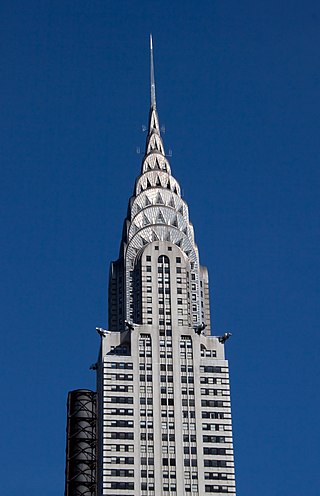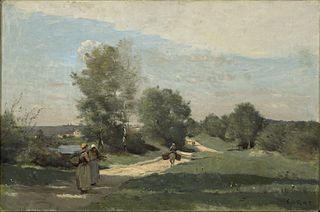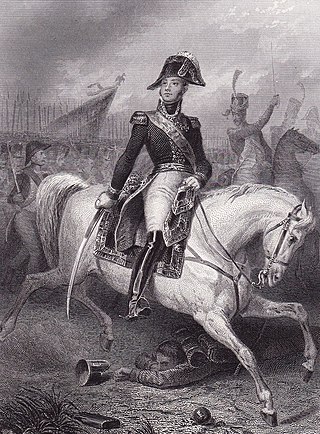
Art Deco, short for the French Arts décoratifs, is a style of visual arts, architecture, and product design, that first appeared in Paris in the 1910s, and flourished in the United States and Europe during the 1920s to early 1930s. Through styling and design of the exterior and interior of anything from large structures to small objects, including how people look, Art Deco has influenced bridges, buildings, ships, ocean liners, trains, cars, trucks, buses, furniture, and everyday objects including radios and vacuum cleaners.

The Barbizon school of painters were part of an art movement toward Realism in art, which arose in the context of the dominant Romantic Movement of the time. The Barbizon school was active roughly from 1830 through 1870. It takes its name from the village of Barbizon, France, on the edge of the Forest of Fontainebleau, where many of the artists gathered. Most of their works were landscape painting, but several of them also painted landscapes with farmworkers, and genre scenes of village life. Some of the most prominent features of this school are its tonal qualities, color, loose brushwork, and softness of form.

Nicolas Lancret was a French painter. Born in Paris, he was a brilliant depicter of light comedy which reflected the tastes and manners of French society during the regency of the Duke of Orleans and, later, early reign of King Louis XV.

Jean Raoux, French painter, was born at Montpellier.

Jean-Louis Forain was a French Impressionist painter and printmaker, working in media including oils, watercolour, pastel, etching and lithograph. Compared to many of his Impressionist colleagues, he was more successful during his lifetime, but his reputation is now much less exalted.
Johnny Friedlaender was a leading German/French 20th-century artist, whose works have been exhibited in Germany, France, Netherlands, Italy, Japan and the United States. He has been influential upon other notable artists, who were students in his Paris gallery. Johnny painted using oils and watercolors but his preferred medium was aquatint etching which is a technically difficult artistic process, of which Friedlaender has been a pioneer.
Maurice Milliere (1871–1946) was a French painter, printmaker and illustrator, born in Le Havre to upper working-class parents; his father was a merchant's clerk. His early artistic interests are not known, but he completed his secondary education at the Ecole De Beaux Arts in Le Havre before travelling to Paris in 1889 to continue his studies at the l'Ecole des Arts Decoratifs and l'Ecole des Beaux-Arts.

Johann Eleazar Zeissig, also known as Schenau, was a German genre, portrait and porcelain painter, and engraver; director of the Royal Academy of Arts in Dresden.

Francesco Mancini was an Italian painter.

Bernard Boutet de Monvel was a French painter, sculptor, engraver, fashion illustrator and interior decorator. Although first known for his etchings, he earned notability for his paintings, especially his geometric paintings from the 1900s and his Moroccan paintings made during World War I. In both Europe and the United States, where he often traveled, he also became known as a portrait painter for high society clients.
Ernest Boiceau, born in French-speaking Lausanne, was a Swiss designer and decorator of the interwar period.
Richard Albin Ranft was a Swiss post-impressionist portrait and landscapes painter, engraver, illustrator and poster artist.
Johann Baptist Heinefetter was a German Romantic painter.

Paul-Émile Pissarro, also Paulémile Pissarro or Paul Émile Pissarro was a French impressionist and neo-impressionist painter. He came from the Pissarro family of artists.

Robert Scheffer was an Austrian painter. He specialized in landscapes, genre scenes and portraits. He was also an art collector and operated a private art school.

August Brömse was a Bohemian German etcher and painter.

Paul Girardet was a Swiss-born French copper engraver.

Edouard-Henri Girardet was a Swiss-born French painter and engraver.

Léopold-Henri Girardet was a French-Swiss painter, sculptor, engraver, and lithographer.

Pierre-François Laurent (1739-1809) was an engraver and co-director with Louis-Nicolas-Joseph Robillard de Péronville of the publication Le Musée français. As an engraver, he specialised in landscapes and genre subjects after Dutch artists. He also produced several engravings of subjects from the recent national history.















